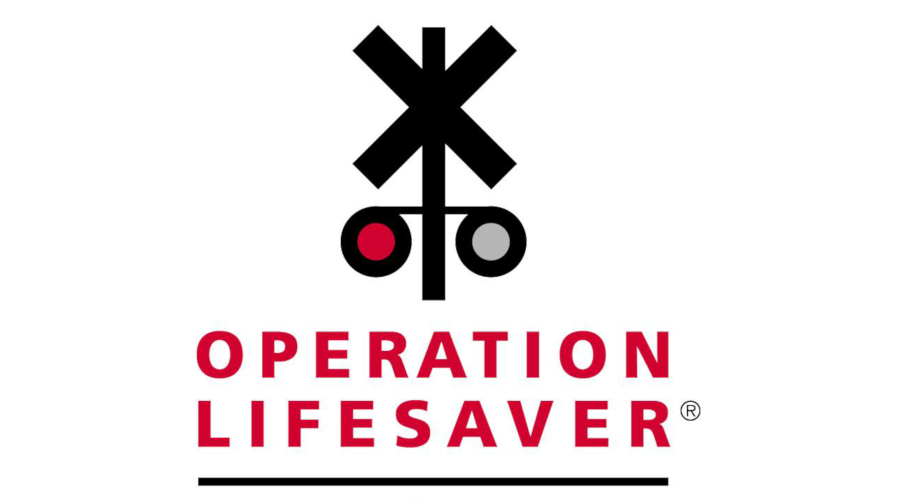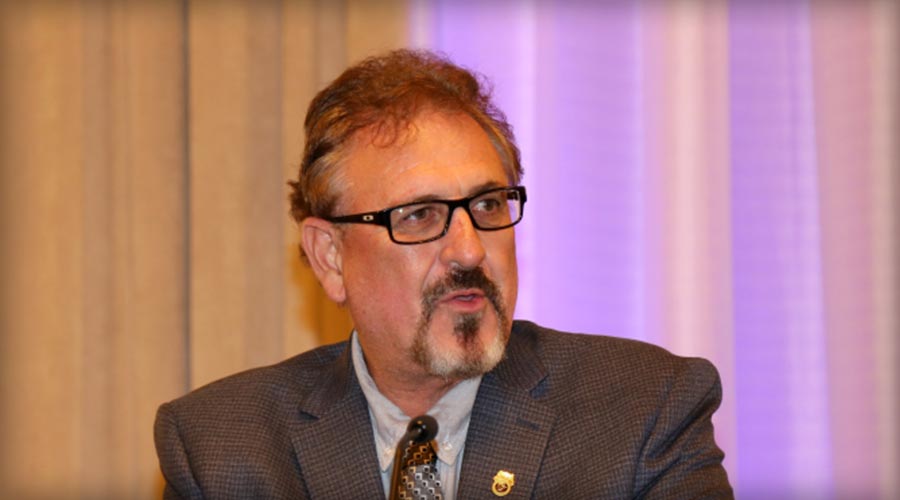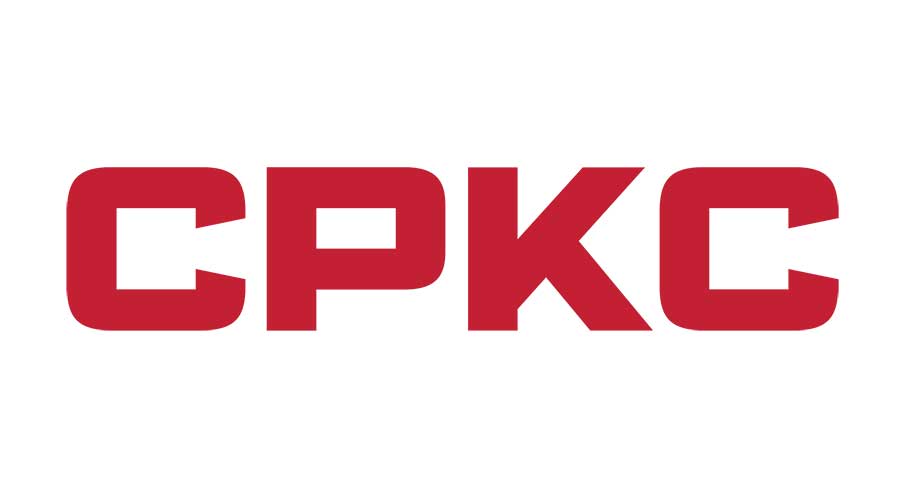Newsletter Sign Up
Stay updated on news, articles and information for the rail industry
Stay updated on news, articles and information for the rail industry
RAIL EMPLOYMENT & NOTICES
Rail News Home
Federal Legislation & Regulation
Rail News: Federal Legislation & Regulation

7/8/2011
Rail News: Federal Legislation & Regulation
Mica unveils outline for six-year surface transportation reauthorization bill

advertisement
Yesterday, House Transportation and Infrastructure Committee Chairman John Mica (R-Fla.) unveiled his transportation reauthorization proposal, which would commit $230 billion for surface transportation programs over the next six years.
The proposal would slash transit funding by 30 percent compared with SAFETEA-LU to comply with a House-passed budget resolution calling for the Transportation and Infrastructure Committee to authorize only those programs that fall within Highway Trust Fund revenue limits. The proposal also incorporates “significant policy reforms” for rail and maritime transportation, Mica said in a prepared statement.
“Given House rules and budget constraints, this proposal maximizes the value of our available infrastructure funding through better leveraging, streamlining the project approval process, attracting private sector investment, and cutting the federal bureaucracy," Mica said. "Most importantly, this six-year proposal provides the stability states need to plan major transportation improvements and create long-term jobs.
Addressing Democrats’ call to create a federal infrastructure bank, Mica said a more successful route would be to back up states’ efforts to create such programs.
“Our plan is to empower the states and back them up with a stream of federal revenue for state infrastructure banking,” he said during a press conference held yesterday.
His proposal calls for streamlining project approval processes, eliminating duplicative government highway programs and giving states more flexibility to determine which projects they’ll fund with federal highway dollars.
For transit programs, the proposal calls for:
• transit agencies to form more private-sector partnerships, including when building new rail transit systems;
• streamlining the New Starts and Small Starts competitive grant programs by “cutting project development in half;”
• strengthening rail transit safety oversight without creating a new federal transit safety entity; and
• establishing performance management targets for all formula grant programs and incentivizing higher ridership through incorporating performance factors in apportionment formulas.
In terms of rail, the proposal recommends:
• creating a faster Rail Rehabilitation and Improvement Financing loan program approval process and allowing high-speed rail projects to be eligible for RRIF loans;
• streamlining the rail project review process;
• changing the positive train control implementation deadline; and
• changing the Federal Railroad Administration’s rulemaking and regulatory process.
In addition, the proposal would limit Amtrak’s access to federal funding and would cut its operating subsidy by 25 percent in fiscal-year 2012 and 2013. The proposal does not include Mica’s earlier call to privatize operation of Amtrak’s Northeast Corridor.
Finally, the proposal would repeal the Capital Investment Grants to Support Intercity Passenger Rail Program “to prevent the [Obama] administration from continuing to give federal funds to low-speed rail projects, saving $1.1 billion in FY2012 and FY2013,” said Mica. It also would eliminate congestion grants set aside in the program that currently are authorized at $100 million in FY2012 and FY2013, and would terminate the Capital Grants for Rail Line Relocation.
Several organizations responded positively and negatively to Mica’s proposal. Below is a sampling of some of those reactions.
“Chairman Mica is correct that we should not spend more than we collect in revenues. Indeed, if the current environment makes new revenues unlikely, reforms to the federal surface transportation programs are even more urgent. While Chairman Mica’s proposals would take some important steps in that regard, [the National Transportation Policy Project] would argue the importance of going further. To that end, it is important that the new bill articulate a clear set of national goals for surface transportation policy.” — Emil Frankel, director of transportation policy, Bipartisan Policy Center
“With high gas prices and a slow economy, now is not the time to implement cuts of more than 30 percent in public transportation funding. This lack of investment in the nation’s public transportation infrastructure will have a chilling effect on our country’s ability to create jobs and provide access to jobs necessary to move the economy forward.” — William Millar, president of the American Public Transportation Association
“At a time when our transportation system is crumbling, and unemployment continues to hover around 9 percent nationally, we need to be doing more — not less — to address today’s and tomorrow’s transportation needs. Yet the bill described today doesn’t even keep investment levels stagnant — it cuts them by 35 percent. According to Congressional estimates, 500,000 jobs will be lost in the first year alone.” — Edward Wytkind, president of the Transportation Trades Department, AFL-CIO
“This dramatic reduction [in current highway and mass transit funding] is a grave mistake at a time when our nation’s leaders must work harder than ever to spur job growth. … Even at current funding levels, our transportation infrastructure is in dire need of repair. The U.S. Department of Transportation estimates we must invest $77 billion just to bring America’s existing transit system into a state of good repair.” — BlueGreen Alliance Executive Director David Foster
The proposal would slash transit funding by 30 percent compared with SAFETEA-LU to comply with a House-passed budget resolution calling for the Transportation and Infrastructure Committee to authorize only those programs that fall within Highway Trust Fund revenue limits. The proposal also incorporates “significant policy reforms” for rail and maritime transportation, Mica said in a prepared statement.
“Given House rules and budget constraints, this proposal maximizes the value of our available infrastructure funding through better leveraging, streamlining the project approval process, attracting private sector investment, and cutting the federal bureaucracy," Mica said. "Most importantly, this six-year proposal provides the stability states need to plan major transportation improvements and create long-term jobs.
Addressing Democrats’ call to create a federal infrastructure bank, Mica said a more successful route would be to back up states’ efforts to create such programs.
“Our plan is to empower the states and back them up with a stream of federal revenue for state infrastructure banking,” he said during a press conference held yesterday.
His proposal calls for streamlining project approval processes, eliminating duplicative government highway programs and giving states more flexibility to determine which projects they’ll fund with federal highway dollars.
For transit programs, the proposal calls for:
• transit agencies to form more private-sector partnerships, including when building new rail transit systems;
• streamlining the New Starts and Small Starts competitive grant programs by “cutting project development in half;”
• strengthening rail transit safety oversight without creating a new federal transit safety entity; and
• establishing performance management targets for all formula grant programs and incentivizing higher ridership through incorporating performance factors in apportionment formulas.
In terms of rail, the proposal recommends:
• creating a faster Rail Rehabilitation and Improvement Financing loan program approval process and allowing high-speed rail projects to be eligible for RRIF loans;
• streamlining the rail project review process;
• changing the positive train control implementation deadline; and
• changing the Federal Railroad Administration’s rulemaking and regulatory process.
In addition, the proposal would limit Amtrak’s access to federal funding and would cut its operating subsidy by 25 percent in fiscal-year 2012 and 2013. The proposal does not include Mica’s earlier call to privatize operation of Amtrak’s Northeast Corridor.
Finally, the proposal would repeal the Capital Investment Grants to Support Intercity Passenger Rail Program “to prevent the [Obama] administration from continuing to give federal funds to low-speed rail projects, saving $1.1 billion in FY2012 and FY2013,” said Mica. It also would eliminate congestion grants set aside in the program that currently are authorized at $100 million in FY2012 and FY2013, and would terminate the Capital Grants for Rail Line Relocation.
Several organizations responded positively and negatively to Mica’s proposal. Below is a sampling of some of those reactions.
“Chairman Mica is correct that we should not spend more than we collect in revenues. Indeed, if the current environment makes new revenues unlikely, reforms to the federal surface transportation programs are even more urgent. While Chairman Mica’s proposals would take some important steps in that regard, [the National Transportation Policy Project] would argue the importance of going further. To that end, it is important that the new bill articulate a clear set of national goals for surface transportation policy.” — Emil Frankel, director of transportation policy, Bipartisan Policy Center
“With high gas prices and a slow economy, now is not the time to implement cuts of more than 30 percent in public transportation funding. This lack of investment in the nation’s public transportation infrastructure will have a chilling effect on our country’s ability to create jobs and provide access to jobs necessary to move the economy forward.” — William Millar, president of the American Public Transportation Association
“At a time when our transportation system is crumbling, and unemployment continues to hover around 9 percent nationally, we need to be doing more — not less — to address today’s and tomorrow’s transportation needs. Yet the bill described today doesn’t even keep investment levels stagnant — it cuts them by 35 percent. According to Congressional estimates, 500,000 jobs will be lost in the first year alone.” — Edward Wytkind, president of the Transportation Trades Department, AFL-CIO
“This dramatic reduction [in current highway and mass transit funding] is a grave mistake at a time when our nation’s leaders must work harder than ever to spur job growth. … Even at current funding levels, our transportation infrastructure is in dire need of repair. The U.S. Department of Transportation estimates we must invest $77 billion just to bring America’s existing transit system into a state of good repair.” — BlueGreen Alliance Executive Director David Foster


 2025 MOW Spending Report: Passenger-rail programs
2025 MOW Spending Report: Passenger-rail programs
 Gardner steps down as Amtrak CEO
Gardner steps down as Amtrak CEO
 Guest comment: Oliver Wyman’s David Hunt
Guest comment: Oliver Wyman’s David Hunt
 Women of Influence in Rail eBook
Women of Influence in Rail eBook
 railPrime
railPrime








